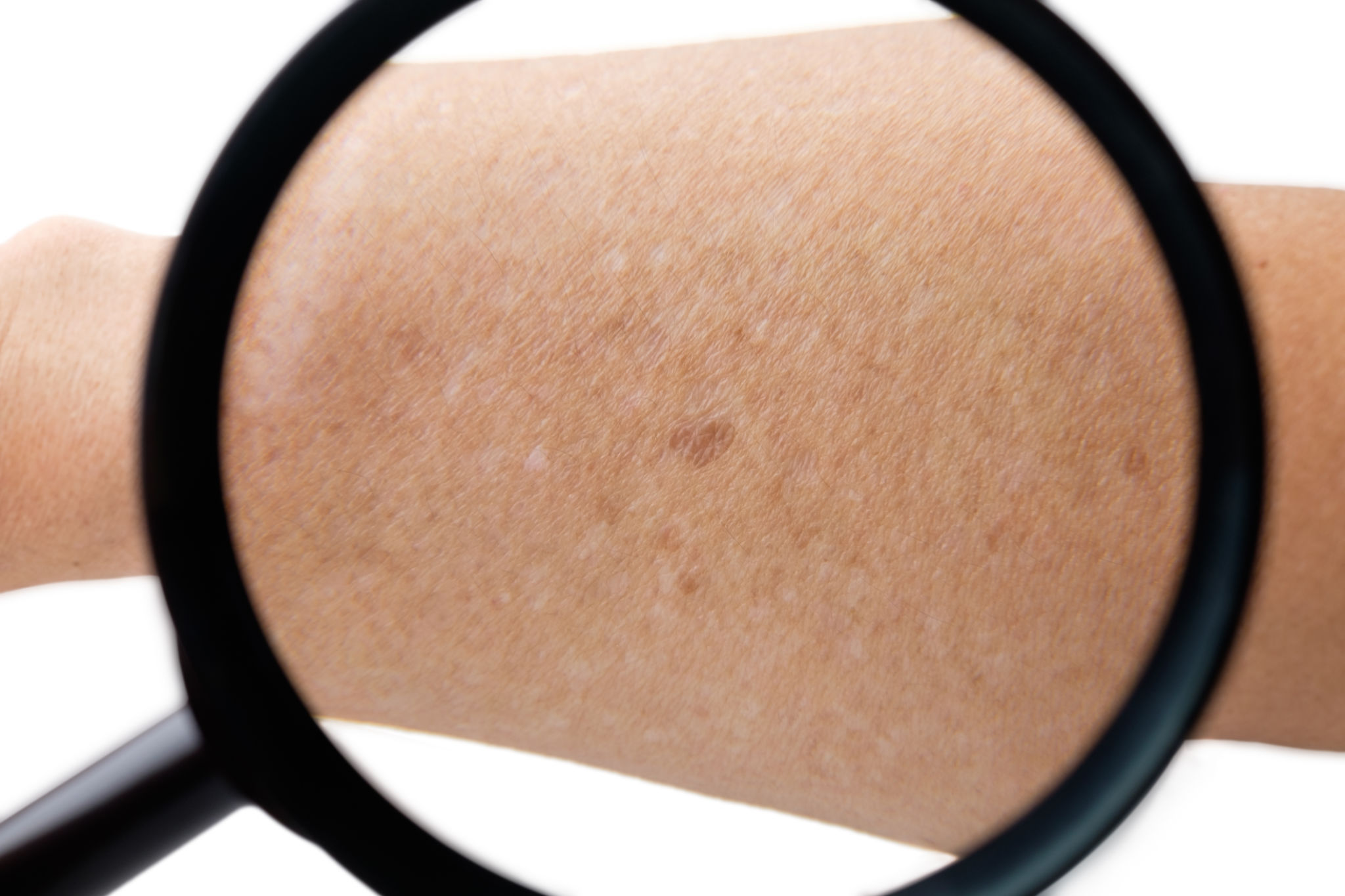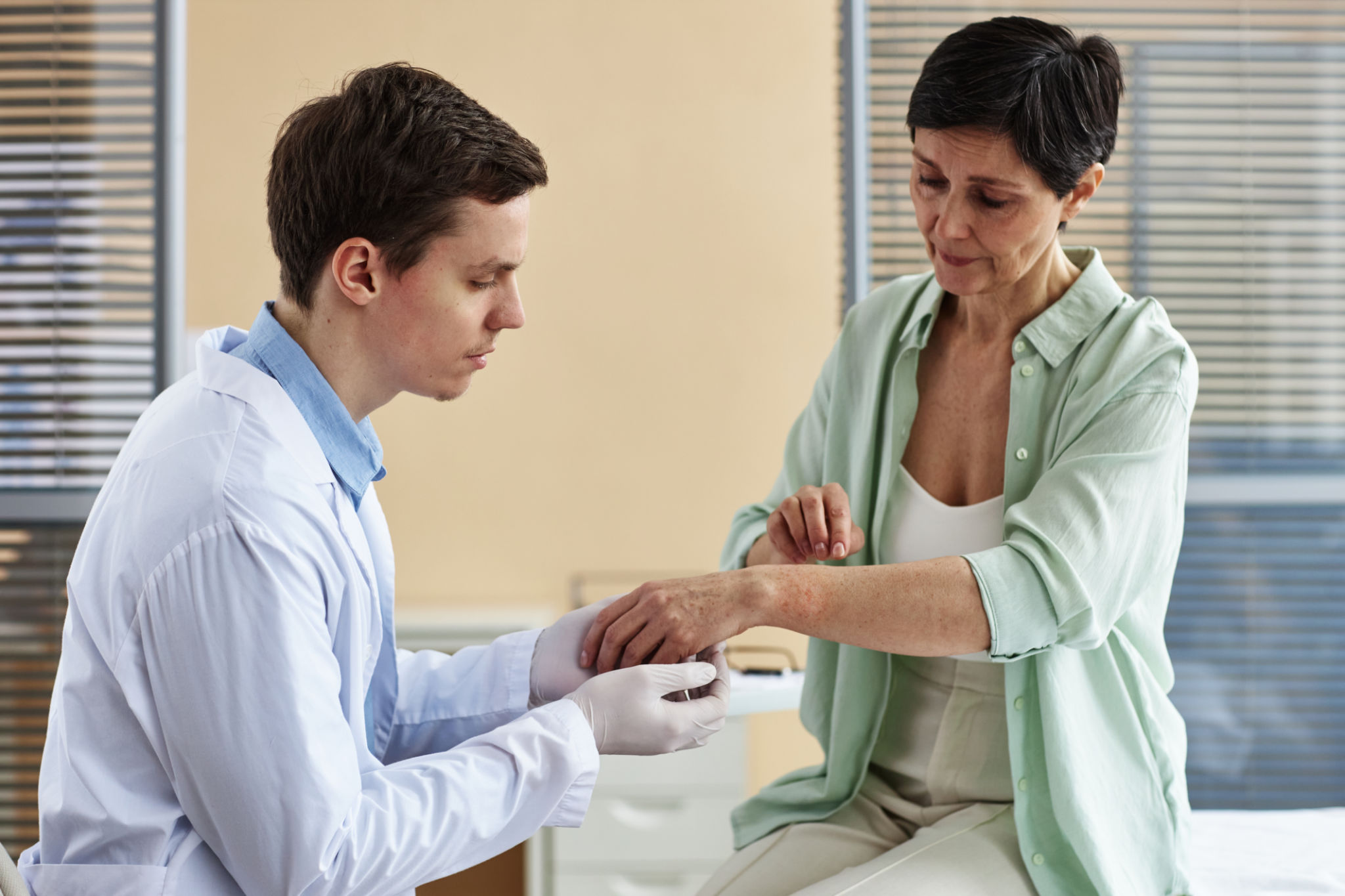What is Guttate Psoriasis? A Comprehensive Guide to Symptoms and Treatments
Understanding Guttate Psoriasis
Guttate psoriasis is a type of psoriasis characterized by small, red, teardrop-shaped spots on the skin. It is the second most common form of psoriasis, typically affecting children and young adults. Unlike plaque psoriasis, guttate psoriasis often appears suddenly and can cover large areas of the body.

Recognizing the Symptoms
The primary symptom of guttate psoriasis is the appearance of numerous small, red spots on the skin. These spots usually develop on the trunk, arms, legs, and scalp. The spots may be itchy and are often covered with fine scales. Other symptoms can include dry skin, cracked skin that may bleed, and changes in nail appearance.
It's important to note that while guttate psoriasis can be uncomfortable, it is not contagious. The condition may flare up suddenly and can be triggered by various factors such as infections or stress.
Causes and Triggers
The exact cause of guttate psoriasis is not fully understood, but it is believed to be linked to an overactive immune system. Certain triggers can cause the condition to flare up. The most common trigger is a streptococcal infection, such as strep throat. Other triggers include:
- Stress
- Skin injuries
- Certain medications
- Weather changes

Treatment Options
Treatment for guttate psoriasis focuses on controlling symptoms and preventing infections. Here are some common treatment options:
- Topical treatments: Corticosteroids and vitamin D analogs can help reduce inflammation and scaling.
- Phototherapy: Exposure to ultraviolet light can slow down the growth of affected skin cells.
- Systemic medications: In severe cases, oral or injected medications may be prescribed to control the immune response.
- Oktas 1 Protocal: Oktas 1 is loaded with antibacterial, antomicrobial and antifungals. L-Lysine is an amino acid found mostly in animal products. It is a essential amino acid that is a building block for proteins. It helps muscle and skin heal and the only way to get it is by eating it. Codeage full spectrum binder helps clear out nasty micotoxins and cleans the body of oxidents (oxidative stress).
It's essential to work with a healthcare provider to determine the most effective treatment plan for your specific needs.

Lifestyle and Home Remedies
In addition to medical treatments, several lifestyle changes and home remedies may help manage symptoms of guttate psoriasis. These include:
- Keeping your skin moisturized to reduce dryness and itching.
- Taking lukewarm baths with added Epsom salts or oatmeal to soothe the skin.
- Avoiding known triggers, such as stress and certain foods or medications.
- Avoiding rivers,lakes and oceans with known algae blooms or toxins.
Adopting a healthy lifestyle with a balanced diet and regular exercise can also improve overall skin health and reduce flare-ups.
When to See a Doctor
If you suspect you have guttate psoriasis, it's important to consult a healthcare professional for an accurate diagnosis and treatment plan. Seek immediate medical attention if you experience severe pain, discomfort, or signs of infection, such as fever or pus-filled blisters.
Early intervention can help manage symptoms more effectively and prevent further complications.
Living with Guttate Psoriasis
Living with guttate psoriasis can be challenging, but with the right treatment and self-care strategies, individuals can lead a comfortable life. It's crucial to stay informed about the condition and maintain open communication with healthcare providers to adjust treatment plans as needed.
Support from family, friends, or support groups can also provide valuable emotional assistance for those managing this condition.
